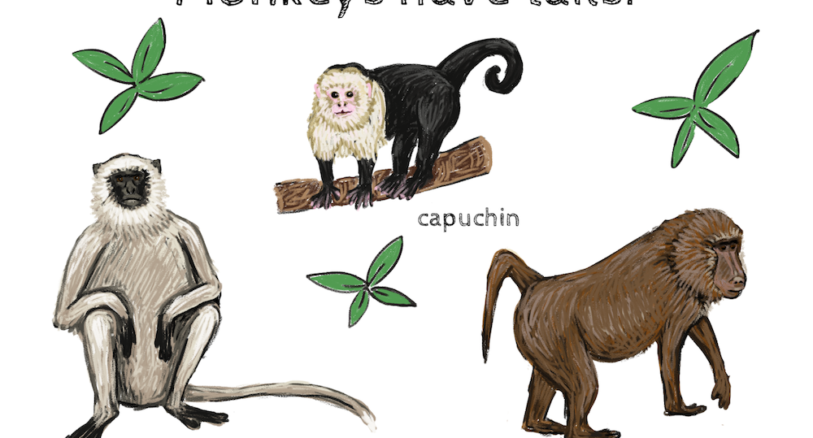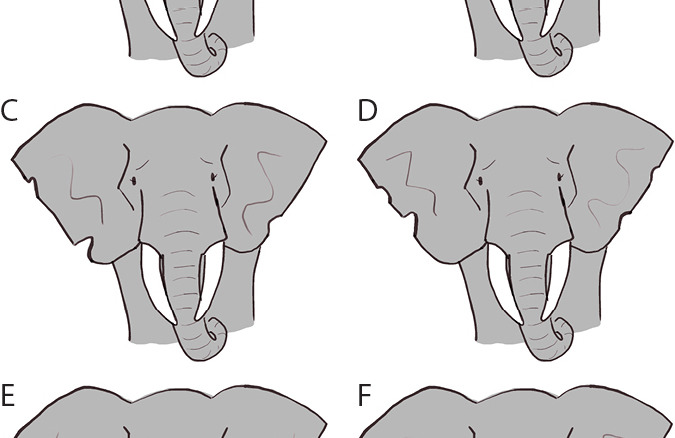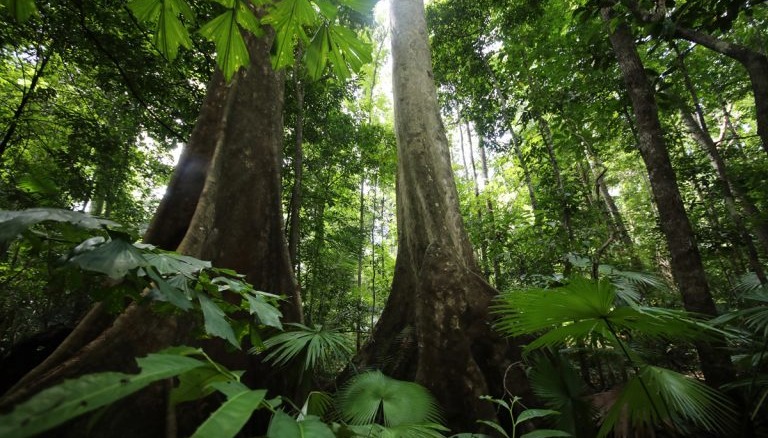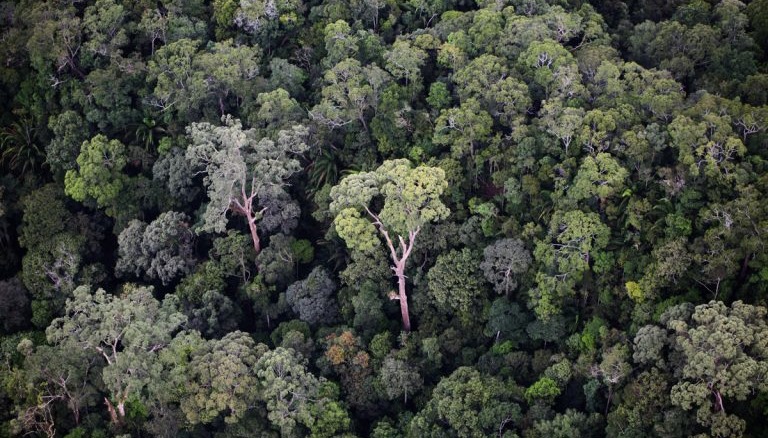By Lisa Algee
This article is part of a three-part series on oceans and coral reefs consisting of the following articles:
- Rainforests and coral reefs (this article)
- Ocean prognosis
- Coral reef solutions
Each has been taken from the Mongabay main site and adapted to meet 5th grade educational standards. Ideally, they are to be read in the above order.
Rainforests and coral reefs
The makers and movers of rain
Groundbreaking research shows that rainforests and coral reefs create rainfall.
Coral reefs and rainforests seem to have little in common. One is found in the ocean. The other is found on land. But, they are both hotspots of biodiversity and they both may seed clouds and produce rainfall.
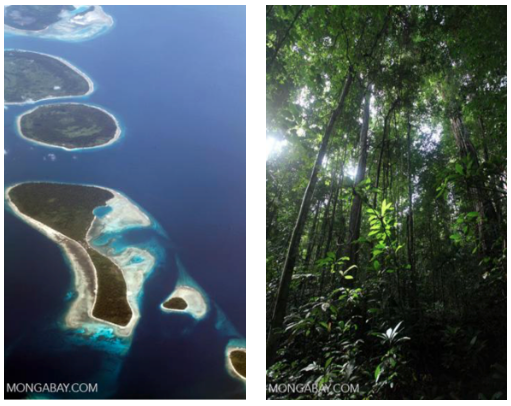
Do you remember learning about the water cycle?
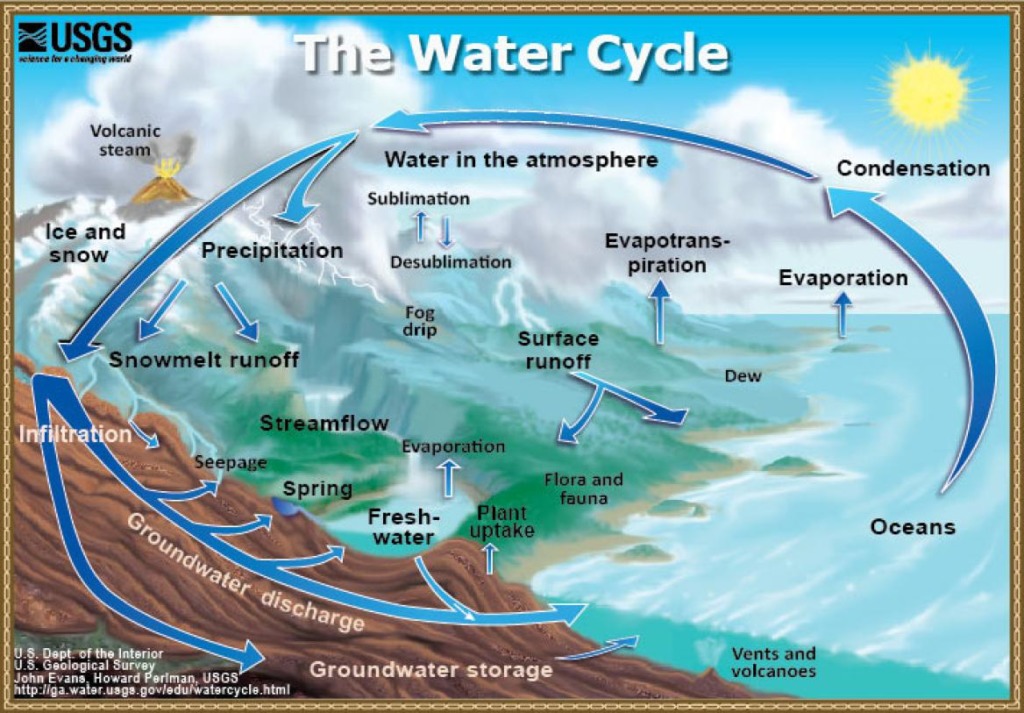
picture credit: nasa.gov
Simply put, water evaporates from the oceans or lakes and rises into the air as vapor or steam. Once in the sky it condenses or turns back into water and forms clouds. Last it precipitates or rains down on the earth once again. The cycle repeats over and over. The water we drink is as old as the earth.
It is actually much more complicated than that. Scientist Markus Petters from North Carolina State University explains, “Trees basically ‘sweat out’ organic molecules that react with compounds in the atmosphere, producing tiny particles that are around 20 to 200 nanometers in size,” (that is too small to see with your naked eye). “These particles seed the clouds.” So without these very small nano-particles, clouds will not form.
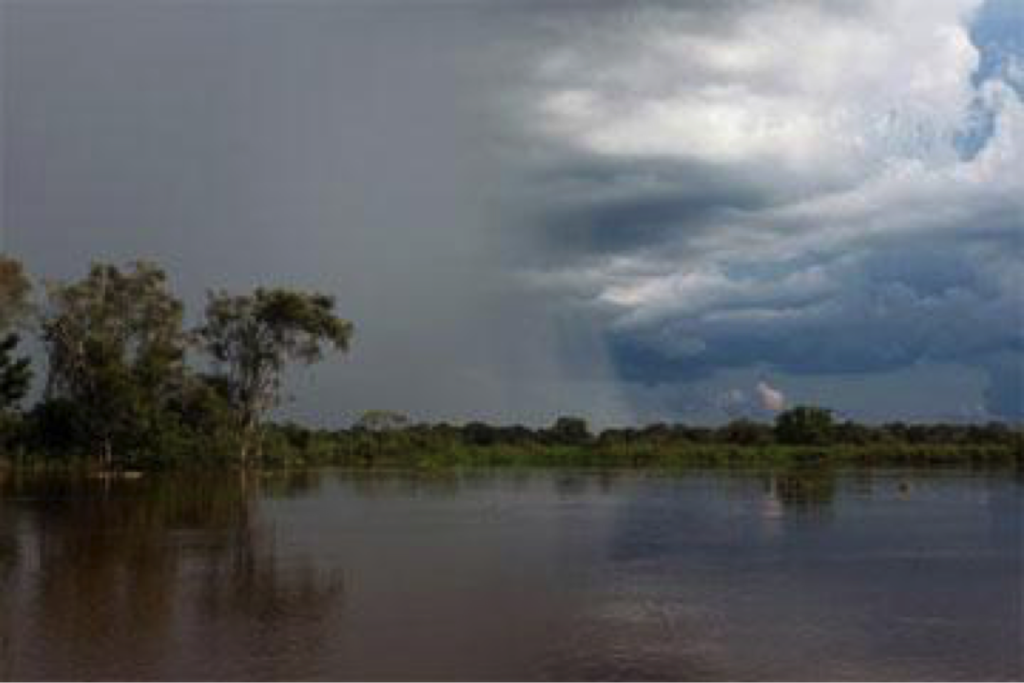
It turns out that in the air above a rainforest 80% of the particles in a raincloud come from organic forest material.
But, it’s not just tropical forests that have the power to produce rain. Dr. Graham Jones of Australia’s Southern Cross University believes that a thriving coral reef also seeds clouds and brings precipitation. Coral reefs produce a substance called DMS or dimethylsulphide, which enters the atmosphere when water evaporates. These are tiny particles around which water vapor condenses to form clouds Jones explained to mongabay.com, adding that, “water vapor cannot form clouds without these tiny particles being present.”
“Consequently,” Jones says, “no clouds, no rain in the regional areas where reefs occur.”
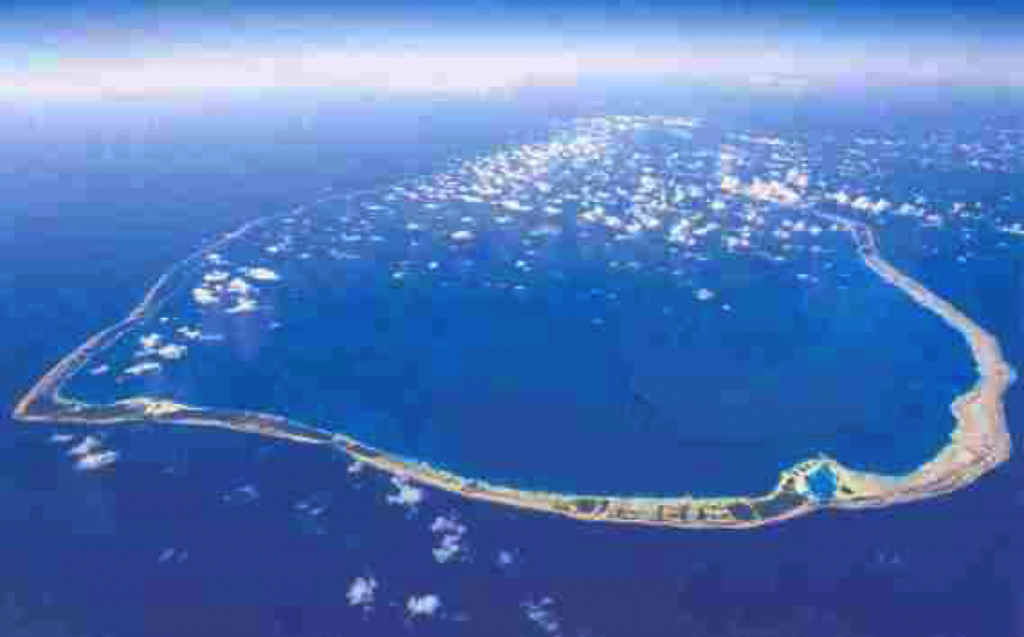
The DMS is made by the algae living in coral, causing the corals to produce the cloud-seeding substance on a daily basis. Jones says that his research shows that the coral reef-produced rain may actually feed rainforests along Australia’s northern coast.
However amazing these studies sound, the boldest theory linking ecosystems and precipitation was produced by two Russian scientists who say forests act as natural pumps to move rainfall from coastlines to the interior of continents. It was thought that winds caused by earth’s rotation moved the clouds. Now it may be that the vertical movement of water vapor around forests is also responsible.
While scientists are still trying to understand how forests and reefs are responsible for precipitation and rainfall patterns, there is no question that these ecosystems are endangered.
The Amazon rainforest faces threats from commercial farming, cattle ranching, logging, oil and gas, dams, road construction, and slash-and-burn farming.
Coral reefs are no better off. Pollution, ocean acidification, overfishing, and climate change may cause many coral reefs to vanish before the end of the century. In addition, Jones has found in his studies on reefs that even a slight rise in ocean temperatures could affect the coral’s ability to produce the small DMS particles, making climate change a bigger threat to clouds and rain produced by coral reefs.
If these theories withstand the test of time, and science, they could change the way we think about both forests and coral reefs: the ‘makers’ and ‘movers’ of rain.
Glossary
| Acidification (n.) | A change to the chemistry of the ocean. When carbon dioxide gas (CO2) enters the ocean and reacts with seawater it makes acid. |
| Atmosphere (n.) | The envelope of air surrounding the earth or another planet. |
| Biodiversity (n.) | The variety of life (animals and plants) in the world or an ecosystem. |
| Condense (v.) | Change from a gas or vapor to a liquid. |
| Evaporate (v.) | Change from liquid into vapor or gas. |
| Nanometers (n.) | One billionth of a meter. |
| Overfishing (v.) | Use up the stock of fish by too much fishing. |
| Particle (n.) | A very small piece. |
| Pollution (n.) | The presence or introduction of a harmful or poisonous substance into the environment. |
| Precipitation (n.) | Rain, snow, sleet or hail that falls to the ground. |
| Substance (n.) | A solid matter. |
Comprehension questions
1. Think about the water cycle. Where does the water in your faucets (taps) come from? How long has the water been around?
2. What do forests add to the water cycle? Why is this important?
3. What is DMS? Where does it come from?
4. Why is DMS important?
5. What are some of the threats to coral reefs?
Standards
Grade 5
Next Generation Science Standards
- 5-ESS3-1 Earth and Human Activity
- Obtain and combine information about ways individual communities use science ideas to protect the Earth’s resources and environment.
- Disciplinary Core Idea ESS3.C. Human Impacts on Earth Systems
- Human activities in agriculture, industry and everyday life have had major effects on the land, vegetation, streams, ocean, air and even outer space. But individuals and communities are doing things to help protect Earth’s resources and environments (5-ESS3-1)
Common Core State Standards: English Language Arts
- Key Ideas and Details
- CCSS.ELA-LITERACY.RI.5.1
Quote accurately from a text when explaining what the text says explicitly and when drawing inferences from the text.
- CCSS.ELA.LITERACY.RI.5.2
Determine two or more main ideas of a text and explain how they are supported by key details; summarize the text.
- Craft and Structure:
- CCSS.ELA.LITERACY.RI.5.4
Determine the meaning of general academic and domain-specific words and phrases in a text relevant to a grade 5 topic or subject area
- Integration of Knowledge and Ideas:
- CCSS.ELA.LITERACY.RI.5.9
Integrate information from several texts on the same topic in order to write or speak about the subject knowledgeably
- Range of Reading and Level of Text Complexity
- CCSS.ELA-LITERACY.RI.5.10
By the end of the year, read and comprehend informational texts, including history/social studies, science, and technical texts, at the high end of the grades 4-5 text complexity band independently and proficiently. - Research to Build and Present Knowledge
- CCSS.ELA-LITERACY.W.5.7
Conduct short research projects that build knowledge about a topic.
Common Core State Standards: Mathematics
- Represent and interpret data
Adapted from the following articles:
Jeremy Hance on 15 October 2010 and 3 March 2010
Credit: All content created by Lisa Algee. You can contact Lisa at algeelisa[at]gmail.com

